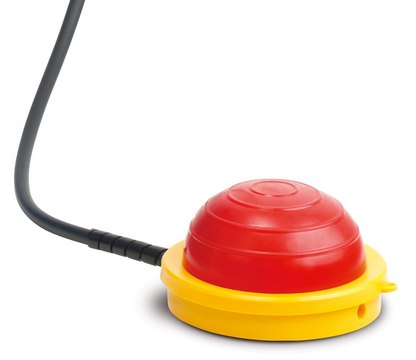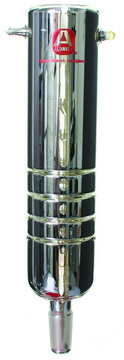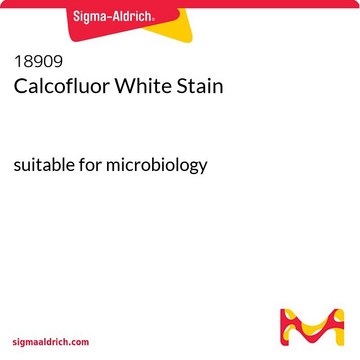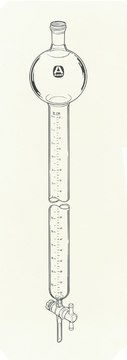CL10
CCS Viscosity Standard
ASTM D 5293 and SAE Specification J304
Synonym(s):
Cold-Cranking Simulator Viscosity Standard
About This Item
Recommended Products
grade
certified reference material
shelf life
limited shelf life, expiry date on the label
manufacturer/tradename
Paragon Scientific Ltd
application(s)
cleaning products
cosmetics
flavors and fragrances
food and beverages
personal care
format
mixture
Looking for similar products? Visit Product Comparison Guide
General description
Signal Word
Danger
Hazard Statements
Precautionary Statements
Hazard Classifications
Asp. Tox. 1
Storage Class Code
10 - Combustible liquids
WGK
WGK 1
Choose from one of the most recent versions:
Certificates of Analysis (COA)
It looks like we've run into a problem, but you can still download Certificates of Analysis from our Documents section.
If you need assistance, please contact Customer Support.
Already Own This Product?
Find documentation for the products that you have recently purchased in the Document Library.
Our team of scientists has experience in all areas of research including Life Science, Material Science, Chemical Synthesis, Chromatography, Analytical and many others.
Contact Technical Service




